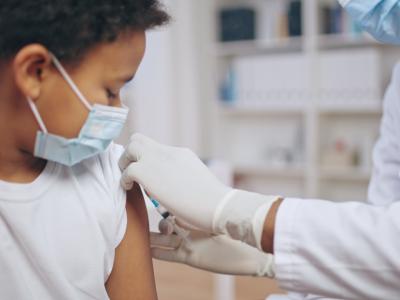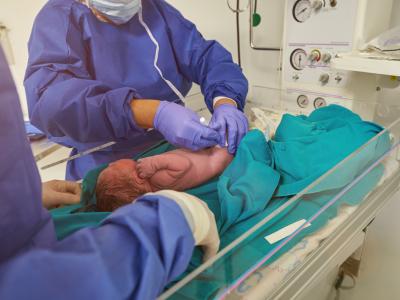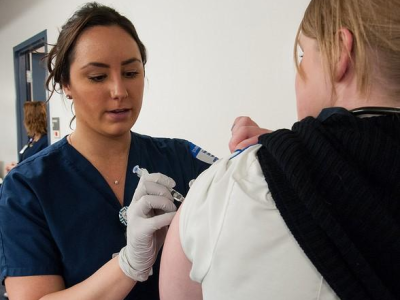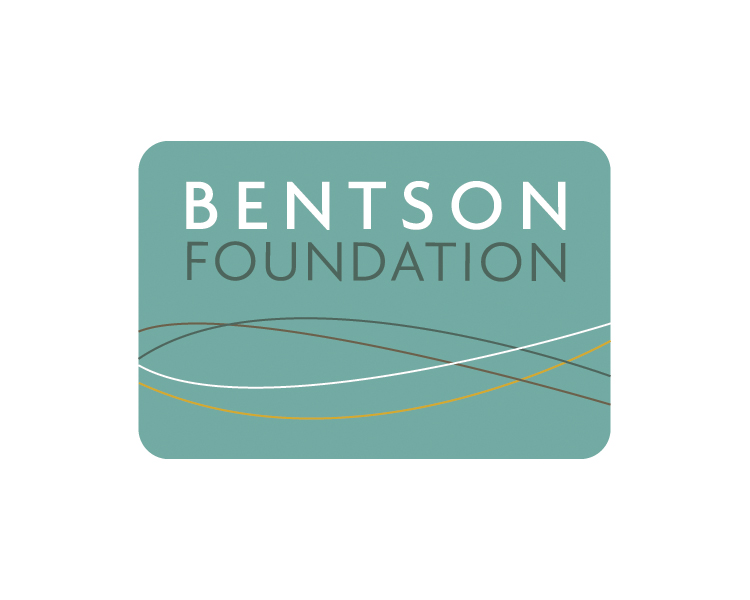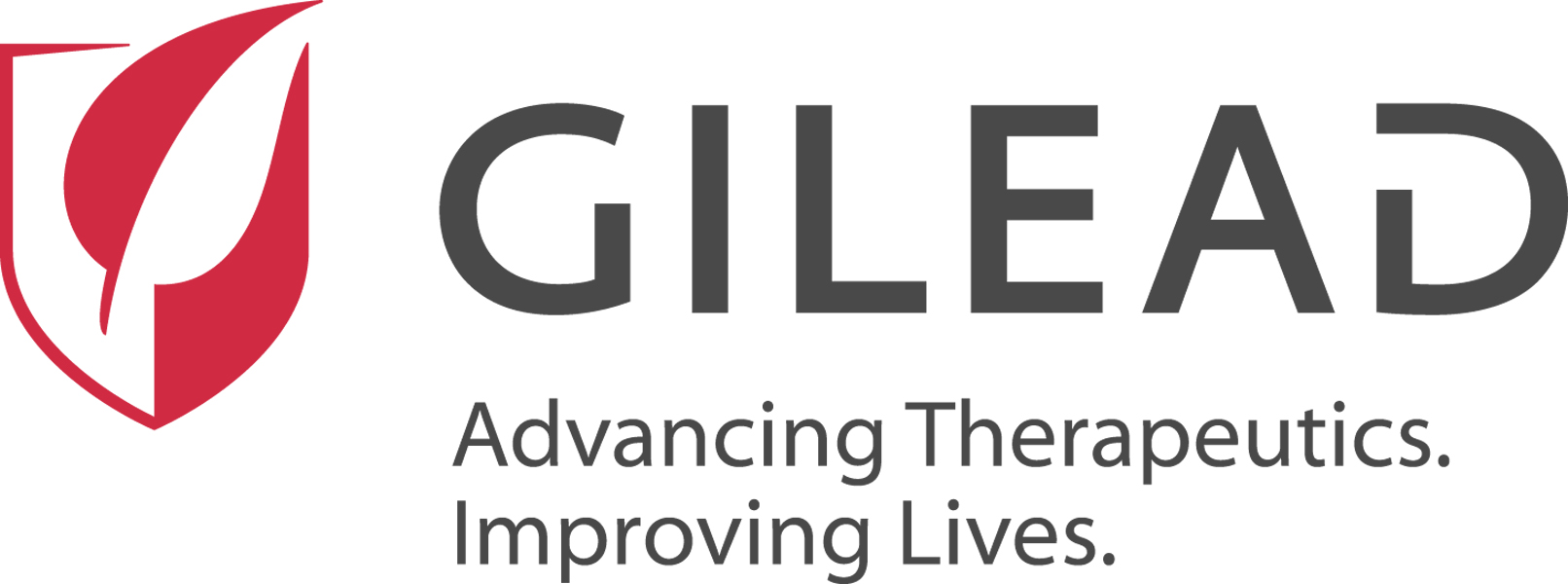A study of antimicrobial susceptibility data from African countries shows high levels of antimicrobial resistance (AMR) in critical and high-priority bacteria, with substantial variations observed across countries.
The study, published yesterday in PLOS Medicine, also reveals large gaps in testing capacity and data volume and quality among countries, which hinder the ability to accurately track and understand the factors that affect AMR rates.
The study authors say the findings not only illustrate the threat of AMR to the region but also highlight the need for large-scale investments to strengthen healthcare access and laboratory capacity.
Resistance as high as 91% for key bug-drug combos
Conducted by a consortium of researchers with the Mapping Antimicrobial Resistance and Antimicrobial Use Partnership (MAAP) Study Group, the study examined data on more than 187,000 bacterial samples with antimicrobial susceptibility testing (AST) results collected from labs in 14 African countries from 2016 through 2019.
The most frequently cultured specimens were urine (32%), pus (28.1%), and blood samples (14.4%), and the most frequently isolated bacterial pathogens were Escherichia coli (22.2%), Staphylococcus aureus (15.0%), and Klebsiella pneumoniae (7.7%)—all of which have been linked to a high proportion of AMR-related deaths globally and in Africa.
Analysis of data from 2018—the year that contained the most susceptibility data from all countries—showed that E coli resistance to third-generation cephalosporins ranged from 19.3% in Eswatini to 68.4% in Ghana, while the prevalence of methicillin-resistant S aureus (MRSA) ranged from 20.4% in Burkina Faso to 72.8% in Nigeria and exceeded 30% in 11 countries. Among Klebsiella pneumoniae isolates, resistance to third-generation cephalosporins ranged from 51.4% in Senegal to 90.6% in Malawi.
The lack of effective antimicrobial resistance surveillance in Africa complicates mitigation efforts and reflects healthcare capacity gaps that, among other things, limit patients' access to appropriate antibiotics.
Other drug-bug combinations also showed high resistance rates. Among Enterobacterales isolates, for example, resistance to carbapenems—a class of antibiotics reserved for the most drug-resistant infections—ranged from 1.0% in Malawi to 49.6% in Ghana.
A comparison of overall AMR prevalence by region showed that countries in West and East Africa had the highest percentage of resistant isolates (40.5% and 42.5%, respectively). AMR prevalence was also found to be higher in culture-positive samples from inpatients (45.3%) than outpatients (37.9%).
Analysis of AMR risk factors found that male sex (adjusted odds ratio [aOR], 1.15; 95% confidence interval [CI], 1.09 to 1.21), ages above 65 years (aOR; 1.28; 95% CI, 1.16 to 1.41), and inpatient treatment (aOR, 1.24; 95% CI, 1.13 to 1.35) were associated with higher AMR prevalence.
Lack of routine susceptibility testing
While the high AMR rates are concerning, the study authors note there are limitations that "warrant a cautious interpretation of the data." Among them are the lack of AST results from some of the countries in which data were collected. The number of positive cultures with AST per 100,000 people ranged from just 9 in Sierra Leone to 452 in Eswatini. To provide some perspective, they point out that the AST results reported from all of Africa each year are on the same scale as those from a single hospital in many parts of the world.
In addition, only 12% of bacteria samples analyzed were linked to clinical data, which limits the ability to understand the factors that might contribute to higher AMR rates.
"The reported inadequate number of bacteriology laboratories, lack of routine AST testing, predominance of paper-based documentation, and underreporting of clinical data undermine the ability to estimate regional and national AMR prevalence and drivers of resistance," the authors wrote.
The authors suggest the observed resistance rates could be overestimates, because patients who are severely ill or have experienced treatment failure are more likely to have susceptibility testing than those with non-complicated infections. On the other hand, lack of access to healthcare and diagnostics for patients with severe drug-resistant infections could result in an underestimation of AMR rates.
The authors conclude that while the findings highlight the need for intensified public health interventions, such as improving access to clean water and sanitation and boosting vaccination, strengthening AMR data collection in Africa is critical to addressing the problem. Previous research by the MAAP Study Group found that only 1.3% of the 50,000 medical laboratories in the 14 countries conduct bacteriologic testing, and only a fraction of those labs can handle the scientific processes needed to evaluate AMR.
"The lack of effective antimicrobial resistance surveillance in Africa complicates mitigation efforts and reflects healthcare capacity gaps that, among other things, limit patients' access to appropriate antibiotics," Ramanan Laxminarayan, PhD, MPH, senior author of the study and president of the One Health Trust, said in press release from the Fleming Fund, which supported the research.
"This study shows that Africa faces critical challenges with AMR control, but with investment in laboratories, better data systems, and public health measures, we can reverse the trend."










